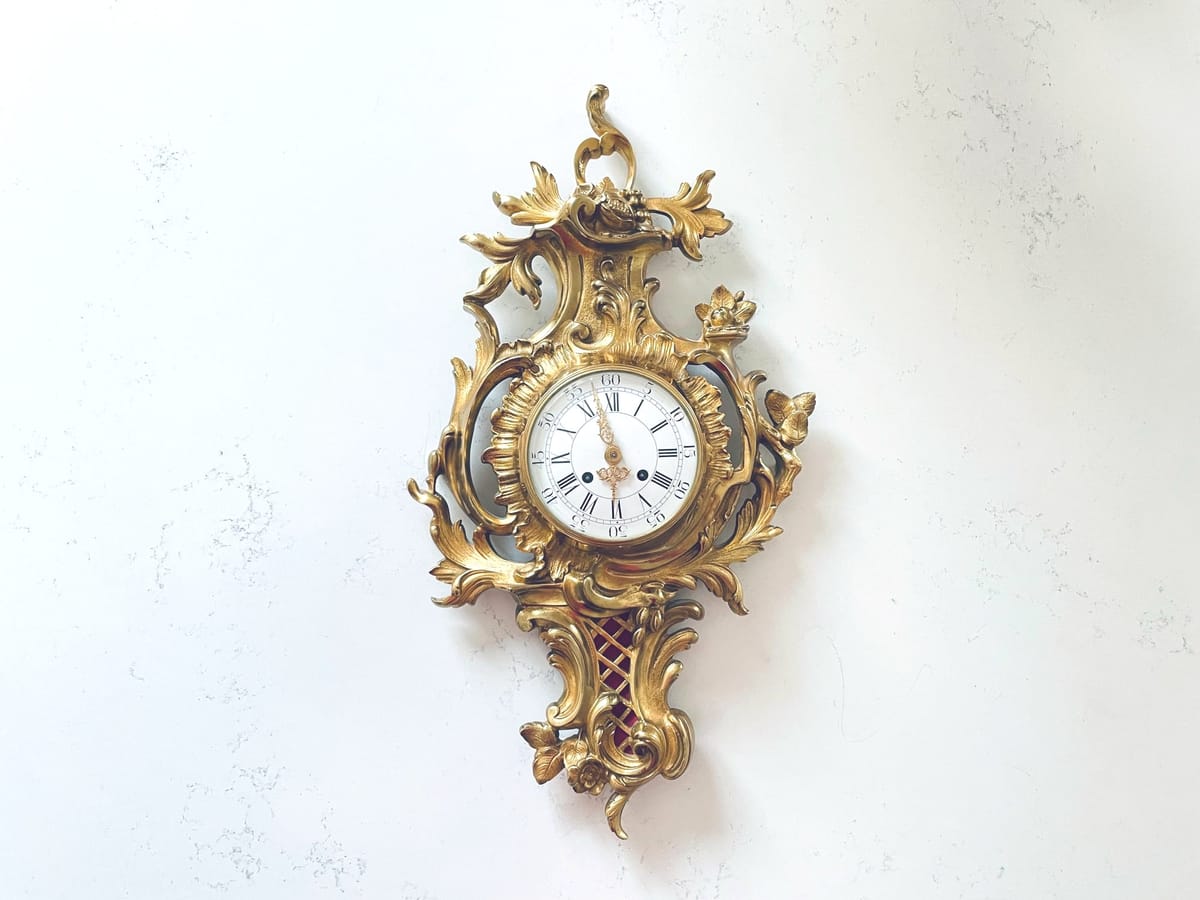Revival of Cartel Clocks
Cartel clocks are decorative wall clocks, often associated with the Rococo style that was popular in the 18th century, particularly in France.

Cartel clocks are deeply intertwined with the history of European decorative arts, particularly during the 18th century in France. They are not just timekeeping devices; they are masterpieces of decorative art that reflect the cultural, social, and artistic movements of 18th-century France.
These clocks first emerged during the reign of Louis XV (1715-1774), a period often associated with the height of the French Rococo style. This era was characterised by a shift in aesthetic tastes and a burgeoning interest in luxury and the finer aspects of daily life, particularly among the French aristocracy.
The term "cartel" comes from the French word cartouche, meaning a decorative frame or an ornamental shield, often used to house a coat of arms or an inscription. In the context of cartel clocks, this term specifically refers to the elaborate and ornamental frames surrounding the clock face. These frames were typically made of gilded bronze (also known as ormolu) and were intricately designed with motifs that reflected the prevailing artistic trends of the time, such as scrolls, foliage, floral patterns, and sometimes mythological figures or scenes.
Cartel clocks are deeply intertwined with the artistic movements that defined 18th-century France. The period was marked by a transition from the Baroque to the Rococo style, both of which played crucial roles in shaping the aesthetic of cartel clocks.





